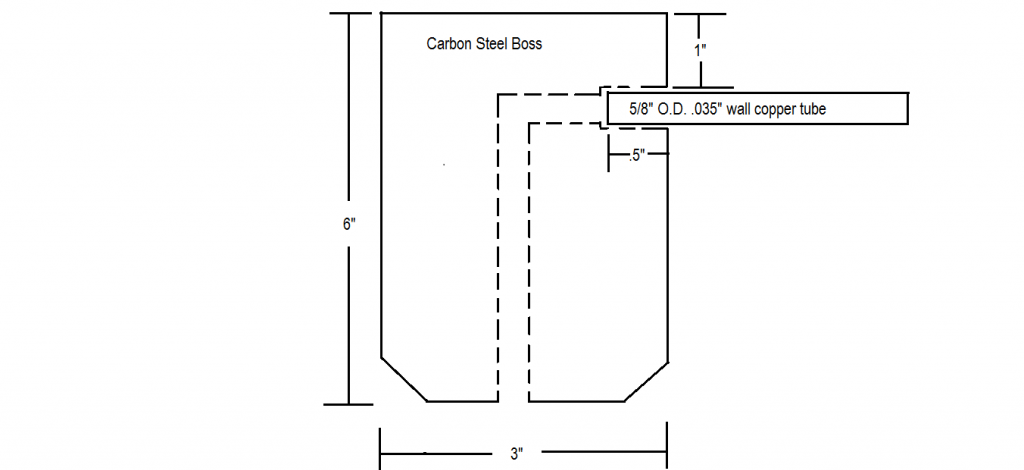I don't have Section IX in front of me, but brazing is not like welding where the welder can work progressively around the joint heating only the immediate area to be welded. Preheat is a function of thickness and carbon content when welding steel to prevent cracking. That isn't the issue with brazing where the important consideration is heating the entire joint to the brazing temperature before introducing the filler metal. That being the case, the volume of heat is a major consideration. Thus, the size of the heating torch (or other heat source) must be considered. Nearly as important is the time taken to heat the joint and complete the braze. If too much time is required because the heat source is too limited, you can get "skull.” Skull is where the constituents in the filler metal separate and solidify at a higher temperature than the filler metal. It looks like cubes (crystals) rising up and out of the braze wetting the surface being joined.
With regards to the code rquirements, have you reviewed Section IX for clarification?
Best regards - Al



